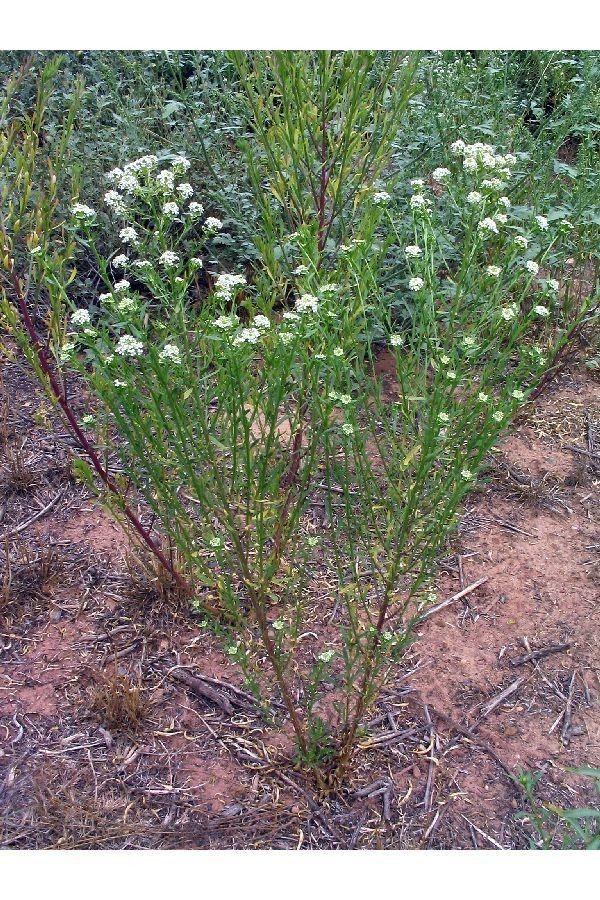Unlocking the Secrets of Pepperwort: A Guide to Propagating Lepidium crenatum
Pepperwort, or Lepidium crenatum, might not be a household name like roses or basil, but this fascinating little plant deserves a place in every curious gardener’s heart. Native to Eurasia, pepperwort boasts delicate foliage, a surprising peppery kick, and a resilience that makes it an exciting challenge and rewarding addition to any garden. Want to learn how to invite this unique plant into your space? Let’s dive into the world of propagating Lepidium crenatum!
Two Paths to Pepperwort Paradise: Seeds vs. Cuttings
Propagating pepperwort offers two distinct routes: starting from seed or taking cuttings. Each method has its own set of advantages depending on your gardening style and resources.
1. Sowing the Seeds of Success:
- When to Sow: The best time to sow pepperwort seeds is in the spring, directly after the last frost.
- Sowing Depth: Gently press the seeds onto the surface of well-draining soil. Pepperwort seeds need light to germinate, so avoid burying them too deep.
- Ideal Conditions: Keep the soil consistently moist but not waterlogged. A warm, sunny location will encourage germination.
- Germination Time: With the right conditions, you can expect to see pepperwort seedlings emerge in 7 to 14 days.
2. Mastering the Art of Cuttings:
- Timing is Key: Take cuttings from healthy, established pepperwort plants in the late spring or early summer.
- Selecting Cuttings: Choose stems that are approximately 3-4 inches long and have at least two sets of leaves.
- Preparing the Cuttings: Remove the lower leaves from the cutting, leaving only the topmost leaves intact.
- Rooting Hormone (Optional): While not essential, dipping the cut end in rooting hormone can encourage faster root development.
- Planting the Cuttings: Insert the cuttings into a well-draining potting mix, burying the nodes where the leaves were removed.
- Creating a Humid Environment: Cover the pot with a plastic bag or use a propagation dome to maintain humidity.
- Root Development: With consistent moisture and indirect sunlight, your pepperwort cuttings should develop roots within a few weeks.
Nurturing Your Pepperwort Progeny
Whether you choose to start from seed or cuttings, young pepperwort plants require consistent care to thrive:
- Sunlight: Pepperwort thrives in full sun to partial shade. Aim for at least 4-6 hours of sunlight per day.
- Water: Water regularly, keeping the soil evenly moist. Don’t let the soil dry out completely.
- Soil: Well-draining soil is crucial. Consider amending your soil with perlite or sand to improve drainage.
- Fertilizer: Pepperwort is not a heavy feeder. A light application of balanced fertilizer every few weeks during the growing season is sufficient.
Reap the Rewards of Your Labor
Successfully propagating pepperwort offers a double reward: the satisfaction of nurturing new life and the joy of experiencing this unique plant’s culinary and aesthetic delights. Use the fresh leaves to add a peppery punch to salads, soups, and sandwiches, or let the delicate white flowers enhance the beauty of your garden. Whichever path you choose, propagating Lepidium crenatum is an adventure well worth taking!

